Leaderboard
Popular Content
Showing content with the highest reputation on 11/07/2024 in all areas
-
After threatening with reporting it to the police yesterday as theft. xxxx me it was magically found. Case closed10 points
-
9 points
-
I think it has more to do with the effect of the lacquer on the wood of a koshirae, rather than the fit of the koiguchi. By this I mean the wood of a shirasaya is a somewhat permeable/breathable material that allows for any residual moisture inside to escape outside the shirasaya, whereas the lacquer on a koshirae is an impermeable membrane, trapping moisture inside the saya and causing the blade to rust over the long term. This is the general belief, anyway. I don't know if there have been any scientific studies done to quantify this. (There might be some 2nd tier effect of repeated sheathing and unsheathing of the sword from the koshirae, causing the koiguchi to become loose, but it should never be so loose that the sword is rattling around inside the koiguchi). Hmmm. I'd say nihonto were the crucial tools of a certain class of people, and if they didn't baby those tools, the tools would quickly rust, and would cease to serve their function. I think babying nihonto is a tradition that is as old as the craft of swordmaking itself. Otherwise, there would be no beautiful old swords left today.4 points
-
4 points
-
3 points
-
2 points
-
This is the same explanation as I got to why kiri bako are used to store swords. When the air is dry, the wood release its moisture and when the air is humid, it absorbs moisture. This way, it's creating a more stable climate for the blade and Koshirae stored inside the box. On top of that, paulownia wood used for kiri bako have the additional benefit of natural pest reppellants and having one of the most thermally insulating properties of all woods. These additional benefits are not necessarily same for shirasaya, as it is made of Japanese magnolia.2 points
-
It has been said already, but in iai, one only cuts air (and occasionally, oneself). To your points, using a shinken is an expectation in the long term. What is taught is that one starts with a bokuto, then moves on quite quickly to a non-sharpened blade, and above a certain level, a shinken is recommended by the sensei (and it can become mandatory for gradings or competitions). But typically, the sensei is telling the student what they ought to use, with all the points I raised before (the blade needs to fit the requirements of iai practice and size). Knowing one's own sword well is necessary, but I remind you that practicing with only one sword is because it is relatively difficult for many to buy more than one sword. Famous Nakayama Hakudo did have several swords that he used in rotation. More to the point of iai, the sword is a tool, and anything can be used to replace it if necessary (I was told to use a wooden spoon or even a towel, or simply nothing).2 points
-
Do we own our swords or do the swords own us? Are we samurai? What is the purpose of practice? What would these swords look like today if their owners had gone around chopping things up for the past many centuries or more?2 points
-
I may drift off into the mystical here... but to me there is a significant difference between an object which has been used with respect for centuries, and one which has been stored in a display case. There's a deep energy which is imparted with the combination of use, care and time, which differentiates certain objects. I have some antique tools which are now both valuable and irreplacable, but which I continue to use - really as an act of respect for the maker and past users. Even certain sorts of wear can be part of that energy. Obviously, I couldn't recommend using a nihonto for it's original intended use :-)... but being used and cherished by a skilled iaito practitioner to me would enhance the nihonto, even if there are some nearly microscopic scratches caused by drawing. I also agree that there is something totally different, in an important way, about the experience of practicing with a centuries old nihonto, playing a centuries old violin, or using a very old handmade tool, even if a new one is objectively better. You become a link in a chain of skill and, hopefully not overstating things, love. Personally I think using a koto nihonto for iaito, with enormous respect and reverence, will enhance the blade. Told you it was going to drift into the mystical :-)2 points
-
While in Nara today, we visited the Nara National Musuem where they are doing their Shōsō-in (Nara Treasure Vault) exhibit. They had 2 swords on display, a “tachi” and a “sword blade”. Unfortunately photos were expressly forbidden for these 2 swords and they were being vigilant about that rule on these and other exhibits. I wasn’t able to get pictures. The “sword blade” shown was on display for the first time ever since it went into the vault in the 9th century. I can’t find any pictures about either of these swords on any of the Shoso-in pages. I’ll try to paint a picture the best I can with my newbie skills. Both the tachi and the sword blade were straight swords and were incredibly thick with super low shinogi or yokote. They had a flat back (kaku-mune) and were nearly 1cm thick. The lighting wasn’t good on the short sword blade but they both seems to have a mokume-hada type pattern and a chu-suguha hamon. The “kissaki” portion had a rounded fukura type shape but no yokote. I thought I could see some Utsuri on the tachi but the lighting was kind of dim and all of the Japanese people at the museum (our small group of 3 were the only non-Japanese there) were all looking at me funky crouching down low trying to get the right angle to see if utsuri was present! The last major thing I noticed was that the nakago on both blades had a hamachi and munemachi that were nearly 1cm. The mihaba on both blades was ~4cm+ by my estimations through the glass. The taper was also very minor and both blades were still ~3cm at the end at the sakihaba. I was able to get pictures of some wonderful Buddhist carvings and statues as well as some other ancient artifacts where photos were allowed but the big items (glass and gold plate, emperors armrest, and a mirror box) were prohibited and I didn’t want to disrespect these amazing artifacts. if anyone is near the Nara area before the 11th, I’d highly recommend the museum to see some swords that may never see the light of day again in our lives.2 points
-
2 points
-
I talked to him about it on Friday. He is quite proud of the accomplishment of writing a book some others passed on writing. It sounded like a labor of love. I am not sure what you mean @lonely panet, Tsuruta-san and AOI Art have always dealt with me honorably.2 points
-
1 point
-
https://www.amazon.c...Er-aT9uwLW7nOuYKcmrQ1 point
-
They are also often found under the Habaki, between the Munemachi and the Yasurime Here's an old thread with some good photos of Nagashi Best of luck, Cheers, -Sam1 point
-
1 point
-
Benjamin, you cannot increase the density of a metal with mechanical methods. The density of steel is always 7,85, and very small variation would only be possible by using special alloying metals like tungsten or cobalt. In theory, large quantities of a lighter metal like titanium would make the steel less dense, but that would show only in the last figures. Just to mention it, intense hammering does not make the steel harder....1 point
-
Just my two cents here. Different smith, different blades. Different times, different shape, different designs may ALL lead to Different Weights. I have always been told to take the sword in hand and hold it out, no matter what the weight it should feel balanced. I have held both light blades and very heavy blades and if they don’t balance you feel it right away. I know this doesn’t necessarily answer your question but like I said just my two cents. Look forward to more answers. MikeR1 point
-
Sounds like some real dunderheads in your post office, hopefully turning up the heat like that smartens them up in the future.1 point
-
Sword polishing comes in different levels based on purpose and budget. A basic "tameshigiri polish," focused solely on sharpness, costs around $600-$1,000 USD, while a high-grade "art polish," aimed at enhancing the blade’s beauty, can exceed $2,500 USD. If you plan to cut with your sword, expect scratches and minor bends, these are unavoidable and should be handled by a professional polisher. For practitioners outside Japan, use a chinese made reproduction sword for cutting. .1 point
-
1 point
-
From the perspective of just rust I think as others have said it would be safer for the sword to be kept in the shirasaya. However if by being in koshirae and on display it would mean it was more enjoyable for people, and that in turn means it is cared for and not forgotten about (where it could then be mistreated down the road due to lack of appreciation), I'd personally say this particular risk is probably worthwhile. If anything, changing it from shirasaya to koshirae once a week is much riskier than just leaving it in either one - there's a chance of dropping, scratching, or leaving fingerprints each time this is done, so I'd probably just stick with one and only change if needed when doing required maintenance. Maybe then use the shirasaya if going on holiday etc.. As an aside, you're lucky to have both options! All but one of my swords only have koshirae - in the UK at least it seems rather rare to find blades with both.1 point
-
1 point
-
I also don't understand the difference in storage conditions for the nihonto between koshirae and shirasaya. If the issue is potential wear on really high quality koshirae, that I understand, but most of the koshirae that I see are not at that level.1 point
-
I will follow the post in case it shows up somewhere later. Had the Tsuba on my view for a while so I might recognize it. — offtopic: I had several several similar cases here in France. The delivery driver even signed himself with my name and a fake signature. After filing an official complaint the items were delivered by another driver same day. All this looked very suspicious to me. I suspect him to make money with the cases in which people dont complain. Or personel situation forces them to trick their System to manipulate performance e.g. „delivered in time“1 point
-
I guess I must be lucky then...but just to point out that nihonto are instruments of warfare, and weren't originally designed to be babied.1 point
-
That never meant they are art swords (with some exceptions as always) The problem is knowing the difference between an art sword and a simple practical one1 point
-
Buy a thinner tsuba or reduce the length of the habaki by maybe 2-3mm (tricky if it’s a good foiled ptype) Just quick thoughts. I’d go thinner tsuba……much easier. .1 point
-
Workmanship looks like commercial Innoue to me and they sometimes used a simple gilt seal signature…..however I couldn’t find an exact match and I cannot recall ever seeing this exact seal. That studio might be an Avenue worth exploring on the net.1 point
-
Yes, probably by one of our native speakers or an expert in late Japanese metalwork.1 point
-
1 point
-
Hi, As stated before, practicing with an antique sword is not a taboo, please watch this video for example (interesting introduction to Nihonto by the way). And Iaido is not Battodo, that is not "shopping wood", we talk about martial art (koryu or not) that need as much respect as nihonto. But as stated as well, we are not the one that could answer you. Here you will find collectors that desire among all preservation. And please don't compare a 15 years use with a 5 to 10 century preservation. If you practice for so many time, you must have a Sensei or a Soke to guide you through your desire to practice with a shinken. That's up to him that you should seek your answer. Not in a forum, as qualitative as it is (and it is!) And if you are directed toward this direction, choose a sword good to do that, some Japanese sellers indicate swords good for Iai (even antique).1 point
-
正倉院展 – The 76th Annual Exhibition of Shoso-in Treasures Ref. The 76th Annual Exhibition of Shōsō-in Treasures | 正倉院展 According to the exhibits list, the two swords of this year are 黒作大刀 (Kurozukuri no tachi) and 無荘刀 (Musoto). Ref. 202410_shosoin_list0919-2.pdf 9. 黒作大刀 第13号 – Tachi with black-lacquered mounting, No. 13 Ref. |Tachi| sword with black-lacquered mounting, No. 13. - Shosoin 10. 無荘刀 – Sword without fittings (There are 23 such swords in Shoso-in.)1 point
-
The lattice is depicted fractional to allude to transientness. Florian1 point
-
1 point
-
1 point
-
1 point
-
1 point
-
Its well known that a saya can scuff a blade, seen it myself. This is silly thread, borderline troll. I'm not saying you are, just alarm bells beginning to ring. Anyways, its your sword, do as you will.1 point
-
1 point
-
I re executed the finish over this past week. The first time I used heat blue oxide you heat the metal after cleaning and it forms an oxide which can be stopped at a number of colors from yellow to gray. I decided to change it to a more traditional controlled rust patina. The camera is not picking up the black under tones that make it look like dark mahogany.1 point
-
Sothebys are not that “hot” on Japanese and their estimates are usually ridiculously high. I suspect not much of anything in this sale will sell unless their marketing machine is in full swing behind the scenes. Let’s see.1 point
-
The final day was excellent, very well attended by the public and collector community. Displayed were antiques and art from across Asia. The Japanese Samurai pieces stirred a lot of enthusiastic questioning and discussions. Talks by organisers and contributors were followed by a tea ceremony. Looking forward to our next event where we can share our collections with the public. Stay tuned. 😉1 point
-
1 point
-
Yikes, now I'm paranoid about the fuchigashira I'll soon have coming in the post.0 points
-
0 points
-
Yeah, they have changed the description to masame. Someone must have pointed it out. Maybe they follow the NMB? Cheers, Bryce0 points
-
Funny thing is...as one of the few "Japanese sword guys" in South Africa, and also a major player in the buying/selling knives and edged weapons online here in SA helping guys with values and info...there is an 85% chance that I'll get a message from someone in the middle of the night in a few days from someone asking "I bought this...how did I do?"0 points
-
Guys, I've emailed every professionally trained polishers I can find, local are not a accepting new work and no Japanese polisher has bothered to reply to my emails. Some direction would be greatly appreciated. I feel that many may resort (Out of desperation) attempt to polish their own. Mark0 points
This leaderboard is set to Johannesburg/GMT+02:00


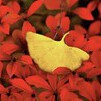

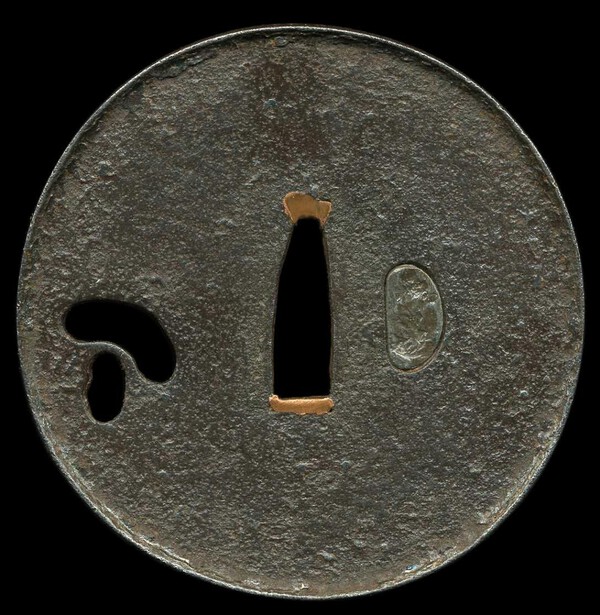

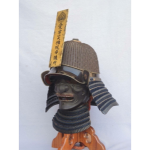

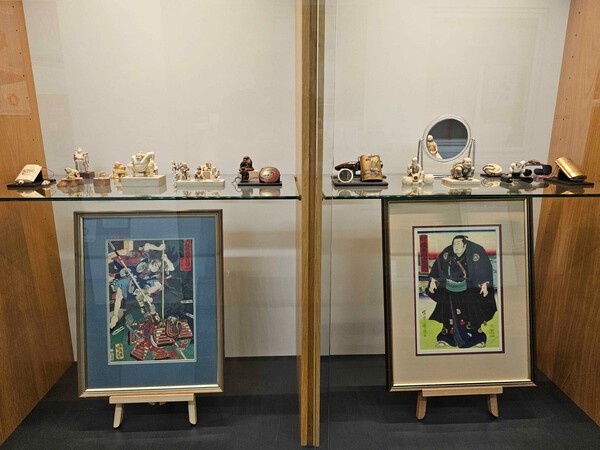


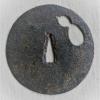


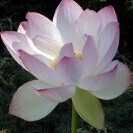




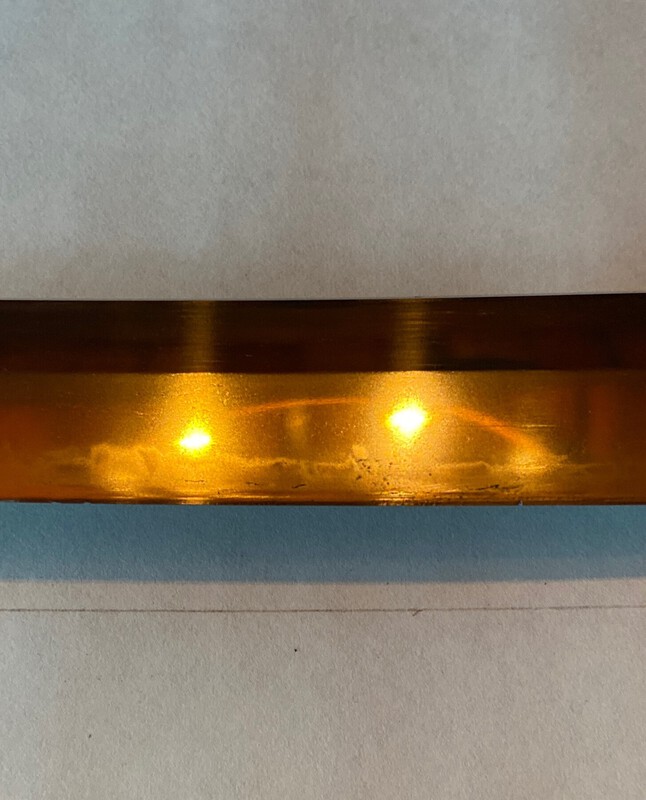







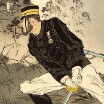
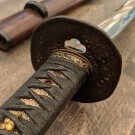
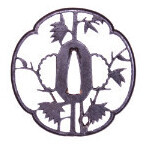




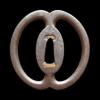
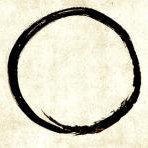
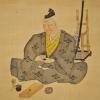




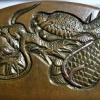









.thumb.png.4c5df79fec171b2dc4a23af38e280a4d.png)

